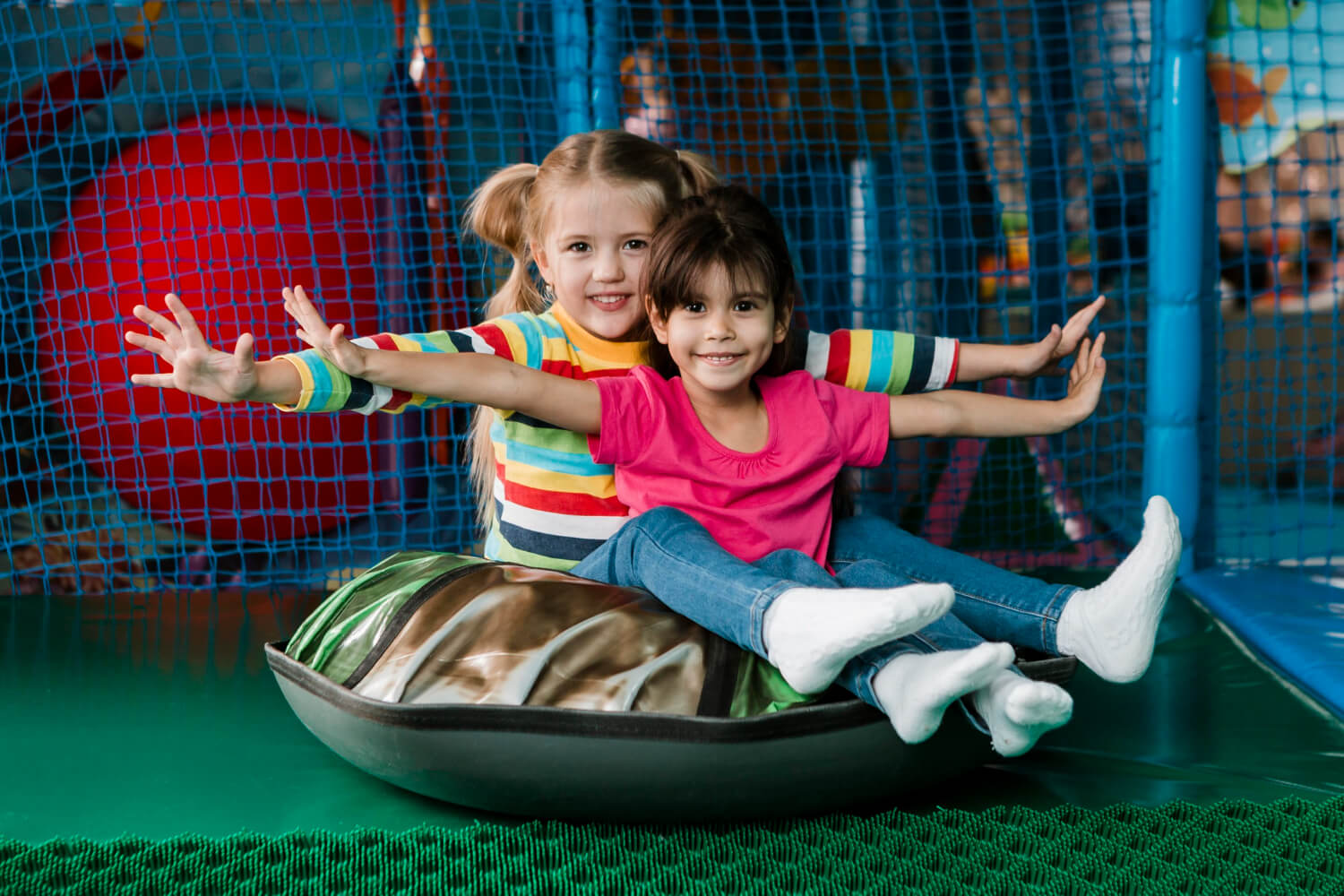Introduction:
As an indoor playground operator, it’s crucial to provide a space that caters to the developmental needs and preferences of children at various stages of growth. One way to ensure an enjoyable and safe environment for every child that sets foot in your playground is by designing and incorporating age-appropriate zones. In this article, we’ll discuss the importance of differentiating play areas based on age groups, the factors to consider when creating age-specific zones, and how implementing such a design can benefit both your customers and your business.
The presence of age-appropriate zones within your indoor playground ensures that each child enjoys a stimulating and developmentally suitable play experience. Such zones also significantly contribute to creating a safe environment where young users face age-appropriate challenges that foster motor skill, cognitive, and emotional growth. Segmented play areas cater to the unique needs of infants and toddlers, preschoolers, and school-aged children, enabling them to explore and interact with their surroundings optimally.
In this article, we will delve into specific strategies to create and develop age-appropriate zones in an indoor playground. We will cover play equipment selection, safety considerations, and design elements that cater to various age groups. We will also explore how partnering with playground equipment manufacturers like Afacan Park can help you execute the vision of age-specific zones seamlessly.
Developing segmented playground designs according to various age groups enhances visitor satisfaction, promotes safety, and contributes to your indoor playground’s long-term success. By offering age-appropriate zones, your facility is equipped to cater to a diverse audience with varied requirements, ensuring an enjoyable and safe experience for all visitors.
1. Factors to Consider when Creating Age-Appropriate Zones
When designing age-appropriate zones in your indoor playground, several aspects need consideration, including the space allocated for each zone, the play structures and equipment installed, layout, and safety measures. Moreover, determine any overlapping age groups or shared play experiences that will encourage interaction among children while offering each child the opportunity to explore and learn at their own pace. Identifying the specific needs, preferences, and abilities of the age groups being targeted is crucial in establishing a successful age-appropriate zone design.
2. Play Equipment Selection for Different Age Groups
Selecting play structures and equipment that caters to the unique developmental needs and capacities of each age group is vital in creating age-appropriate zones. Here are some essential considerations for each age group:
– Infants and toddlers (0-3 years): Focus on sensory-rich equipment that stimulates exploration and discovery, such as padded crawl tunnels, ball pits, and soft play structures. Ensure that all equipment is safe and adequately sized for this age group.
– Preschoolers (3-5 years): Offer play structures that promote gross motor skills, cognitive development, and creative play, such as low climbing walls, slides, and imaginative play stations (e.g., a play kitchen or pirate ship).
– School-aged children (5-12 years): Cater to their increased physical abilities and thirst for challenges with more complex structures like trampoline parks, ninja warrior courses, and multi-level soft play structures.
3. Design Elements to Foster Age-Appropriate Play Experiences
Design elements play a significant role in defining the age-specific play zones within an indoor playground. Some essential aspects to consider include:
– Entrances and exits: Ensure that entrances and exits to each age-appropriate zone are clearly defined, visually appealing, and easily accessible.
– Boundary markers: Use distinctive colours, themes, or physical markers (e.g., walls, railings, or floor patterns) to differentiate zones and highlight age recommendations.
– Flooring materials: Select flooring materials suitable for each age group, ensuring they provide adequate comfort, safety, and cleanliness.
– Signage: Make use of clear and attractive signage with age recommendations, safety guidelines, and instructional information to help both children and adults navigate your facility with ease.
4. Safety Considerations for Age-Appropriate Zones
Safety is a paramount aspect of indoor playground design, and creating age-specific zones plays a significant role in reducing the risk of accidents and injuries. Ensure that each zone’s equipment meets safety standards and regulations, and be vigilant about factors like equipment height, fall zones, and potential pinch or entrapment points. Facilitate a safe environment for different age groups by addressing supervision requirements, providing age-specific safety guidelines, and encouraging adherence to your indoor playground’s rules.
Benefits of Age-Appropriate Zones in Indoor Playgrounds
1. Enhanced User Experience
By offering age-appropriate zones, you cater to the unique needs of children at different stages of development, thus providing an engaging and satisfying experience for all visitors. Children can explore a variety of stimulating play environments, learning valuable skills as they interact with peers and overcome developmentally appropriate challenges.
2. Improved Safety
Segmented playgrounds by age groups provide an opportunity to address safety risks and concerns more efficiently, offering equipment and play experiences tailored for each age group’s capabilities. By doing so, children can engage in risk-taking behaviours appropriate for their developmental stage, without the hazards that can arise in mixed-age environments.
3. Increased Customer Satisfaction and Loyalty
A well-designed indoor playground that caters to children of different ages can generate greater customer satisfaction and loyalty. By offering a space where families feel that their children’s needs are acknowledged and well accommodated, they are more likely to continue visiting your facility and refer others to your indoor playground.
Conclusion
Incorporating age-appropriate zones in your indoor playground yields numerous benefits, from enhancing visitor experiences and safety to fostering customer satisfaction and loyalty. By carefully considering the specific needs and capacities of various age groups, selecting suitable equipment, and prioritising safety, you can create an enjoyable, engaging, and safe environment that offers lasting value to all who visit. Contact Afacanpark, your trusted indoor playground contractors, today!




